This article was medically reviewed by Luba Lee, FNP-BC, MS. Luba Lee, FNP-BC is a Board-Certified Family Nurse Practitioner (FNP) and educator in Tennessee with over a decade of clinical experience. Luba has certifications in Pediatric Advanced Life Support (PALS), Emergency Medicine, Advanced Cardiac Life Support (ACLS), Team Building, and Critical Care Nursing. She received her Master of Science in Nursing (MSN) from the University of Tennessee in 2006.
There are 9 references cited in this article, which can be found at the bottom of the page.
This article has been viewed 22,268 times.
Bone spurs cause pain in joints including your knees, spine, hips, shoulders, fingers, toes, ankles, and heels. While there's no cure for bone spurs, they can be managed with non-invasive treatments like exercise, heat therapy, rest, pain relievers, stretches, and supportive shoes. Medical treatments are also available, ranging from corticosteroid injections to physical therapy. Surgery is only necessary in especially troublesome cases.
Steps
Using Home Remedies
-
1Use heat to alleviate stiffness and pain. Try taking a hot shower or soaking in a hot bath. You can also place a hot pack or heating pad over the areas that are hurting. The heat will help relax your muscles and alleviate any pain you're experiencing.
-
2Exercises for 30 minutes every day. Stick with moderate exercises like swimming or stretching so you don't overwork your muscles and cause more pain. If you're struggling to get in 30 minutes of exercise a day, talk to your doctor so they can help you come up with a plan that works for you.
- Alternate the exercises you do every day so your joints have time to rest.
- Avoid activities like stair climbing, jogging, or sitting for prolonged periods of time.
Advertisement -
3Take over-the-counter pain relievers. A dose of acetaminophen, ibuprofen, or naproxen sodium can provide immediate relief from the pain and swelling associated with bone spurs. Any of these OTC painkillers should work equally well. Take only the recommended dose unless your doctor tells you otherwise.[1]
-
4Try topical pain relievers like capsaicin. Rub a thin layer of the pain reliever over your joints that are hurting. Do this 2-4 times every day.
- Make sure you wash your hands thoroughly after applying a topical pain reliever.
-
5Place an ice pack on the trouble spot. Use a commercial ice pack, or make your own from water, rubbing alcohol, and a plastic bag. Wrap the pack in a cloth. Place it on the area impacted by the bone spur for 10 minutes or so, 3 times a day, whenever there’s a flare-up.[2]
-
6Lose excess body weight. Extra body weight creates pressure bearing down on your legs and feet. This can aggravate bone spurs on your feet, knees, toes, or ankles. If you are overweight, talk to your doctor about whether or not a safe, effective plan for weight loss would relieve the discomfort caused by your bone spur.
- Safe, effective weight loss programs will combine a healthy low-calorie diet with an exercise regimen.
-
7Eat foods with anti-inflammatory properties. Foods that combat inflammation can help alleviate pain and swelling in your joints. Incorporate more foods like broccoli, blueberries, pineapple, salmon, tomato, and spinach into your diet. Turmeric and ginger also have anti-inflammatory properties.[3]
-
8Wear orthopedic shoes. You can find these at many department and shoe stores. Look for ones with thick, cushioned soles. They’ll help take pressure off of bone spurs in the feet, toes, ankles, and knees.[4]
- Wearing gel inserts in your shoes and avoiding high heels will also help.
-
9Practice a daily stretching routine for heel spurs. Spend a few minutes each day stretching your calves if you have heel spurs. Your doctor may advise other stretching routines if you suffer from other types of bone spurs. For an easy stretch to help bone spurs in your feet:[5]
- Face a wall and place your hands on it.
- Move 1 leg back, keeping your knee straight and your heel on the floor. Bend the other leg at the knee.
- Push toward the wall. Hold for 10 seconds, then release.
- Repeat 20 times per leg.
Getting Professional Treatments
-
1Talk to a doctor if you have joint pain. See your general practitioner if you have any unexplained pain or swelling in your heels, ankles, knees, spine, fingers, or other joints. They may then refer you to a specialist to get a definitive diagnosis since many conditions can cause joint problems.[6]
-
2Get a corticosteroid injection for joint relief. In many cases, your doctor will order a corticosteroid injection at the site of the bone spur. This requires a prescription but will reduce pain and inflammation.[7]
- Corticosteroid injections have some potential side effects, including infection at the injection site and increased pain.
-
3Work with a physical therapist. Ask your doctor to refer you to a therapist. They may be able to develop a specialized plan to treat your bone spur. A combination of exercises, massages, and medication can be effective for many types of bone spurs.[8]
-
4Remove the spur surgically. Surgery is a relatively rare treatment for bone spurs. It is an option if joint movement is limited or the spur hits a nerve.[9]
- The details of the surgical procedure will depend on where the bone spur is located. An operation to remove a bone spur on your spine, for instance, will require 1-3 hours.
- Non-surgical treatments will usually be attempted first.
-
5Follow your doctor’s instructions for post-op care. After surgical removal of bone spurs on your heel, for instance, your doctor may require you to wear a cast. Alternatively, you may be prescribed special shoes or advised to use crutches.[10]
-
6Try Chinese acupuncture or TENS if you don't want surgery. Chinese acupuncture and transcutaneous electrical nerve stimulation (TENS) may be able to help alleviate moderate to severe pain caused by bone spurs. If you don't want to have your spurs removed surgically, or you're not eligible for surgery, Chinese acupuncture and TENS may be a good option.
Recognizing Bone Spurs
-
1Notice trouble moving your joints. Often bone spurs don’t have any obvious symptoms. However, if you have difficulty moving a joint such as your knee or hip, this could be caused by a bone spur. Even if you can move your joint, you may have trouble fully flexing or extending it.[11]
- If you have osteoarthritis, there's a chance you may develop bone spurs.
-
2Watch out for pain in your joints. Bone spurs can end up pinching nerves, which can be very painful. If you notice pain in your back not obviously caused by something else, it could be due to a bone spur in your spine.[12]
-
3Look for swelling in affected areas. Bone spurs in areas like your shoulder or fingers can cause obvious swelling, which may be accompanied by pain. If the bone spur is in your fingers, you may also notice that your joints look knobby, or there may even appear to be lumps under your skin.[13]
References
- ↑ https://my.clevelandclinic.org/health/diseases/10395-bone-spurs-osteophytes
- ↑ http://www.uofmhealth.org/health-library/tp23002spec
- ↑ https://www.drweil.com/health-wellness/body-mind-spirit/feet/treating-heel-spurs/
- ↑ https://orthoinfo.aaos.org/en/diseases--conditions/plantar-fasciitis-and-bone-spurs
- ↑ https://orthoinfo.aaos.org/en/diseases--conditions/plantar-fasciitis-and-bone-spurs
- ↑ http://www.uofmhealth.org/health-library/tp23002spec
- ↑ http://www.uofmhealth.org/health-library/tp23002spec
- ↑ https://orthoinfo.aaos.org/en/diseases--conditions/plantar-fasciitis-and-bone-spurs
- ↑ https://medlineplus.gov/ency/article/007389.htm
- ↑ https://myhealth.alberta.ca/Health/aftercareinformation/pages/conditions.aspx?hwid=zu2066
- ↑ https://www.spine-health.com/conditions/arthritis/clinical-symptoms-bone-spurs
- ↑ https://theadvancedspinecenter.com/conditions/bone-spurs/
- ↑ https://www.mayoclinic.org/diseases-conditions/bone-spurs/symptoms-causes/syc-20370212
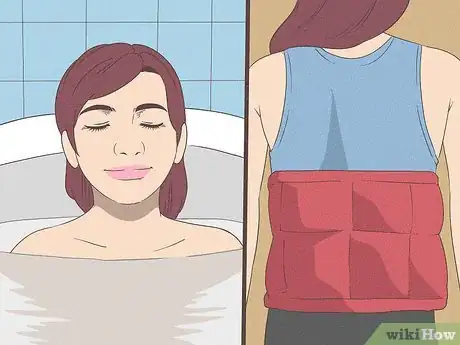
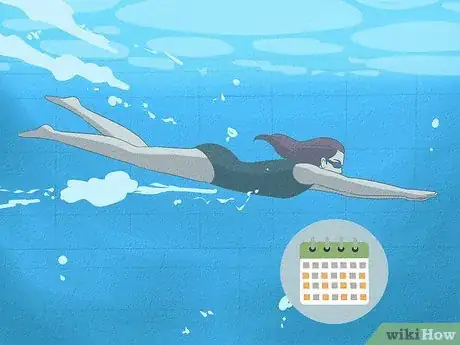



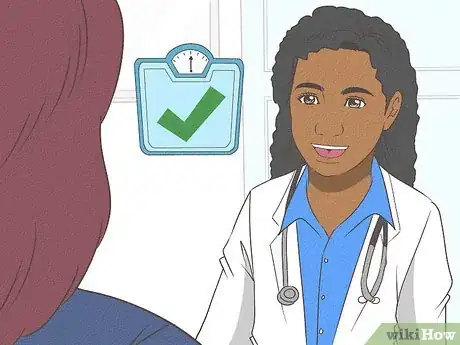

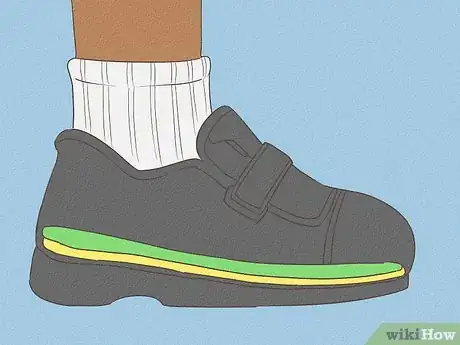

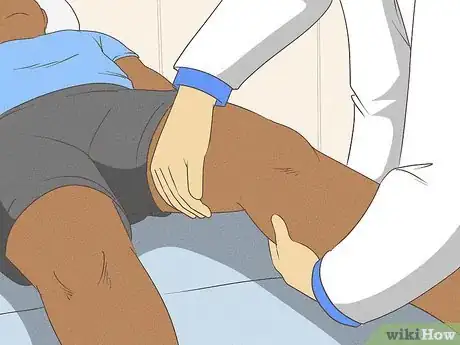

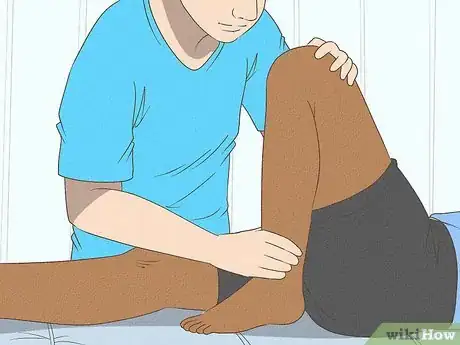


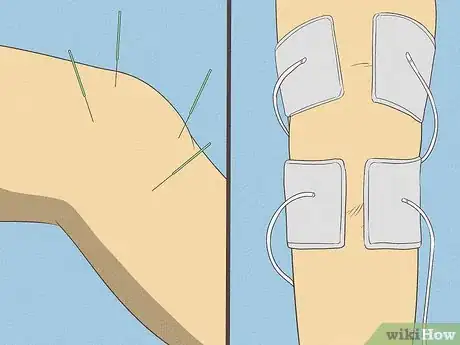
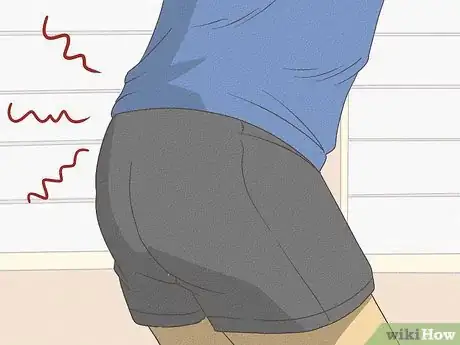
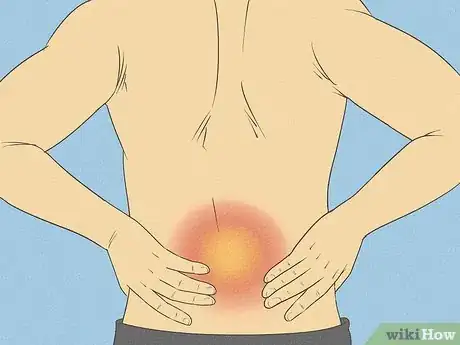
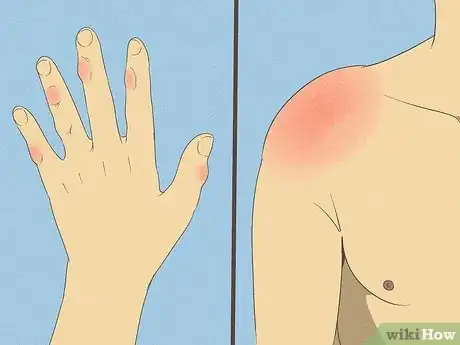
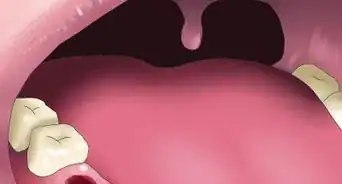
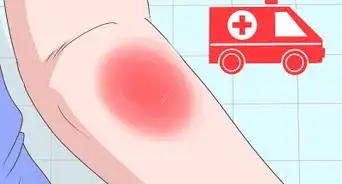
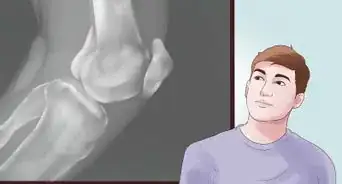


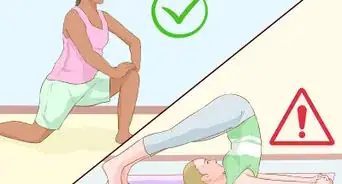
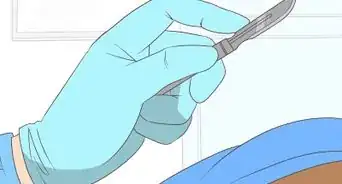

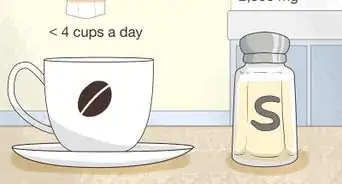

















































Medical Disclaimer
The content of this article is not intended to be a substitute for professional medical advice, examination, diagnosis, or treatment. You should always contact your doctor or other qualified healthcare professional before starting, changing, or stopping any kind of health treatment.
Read More...